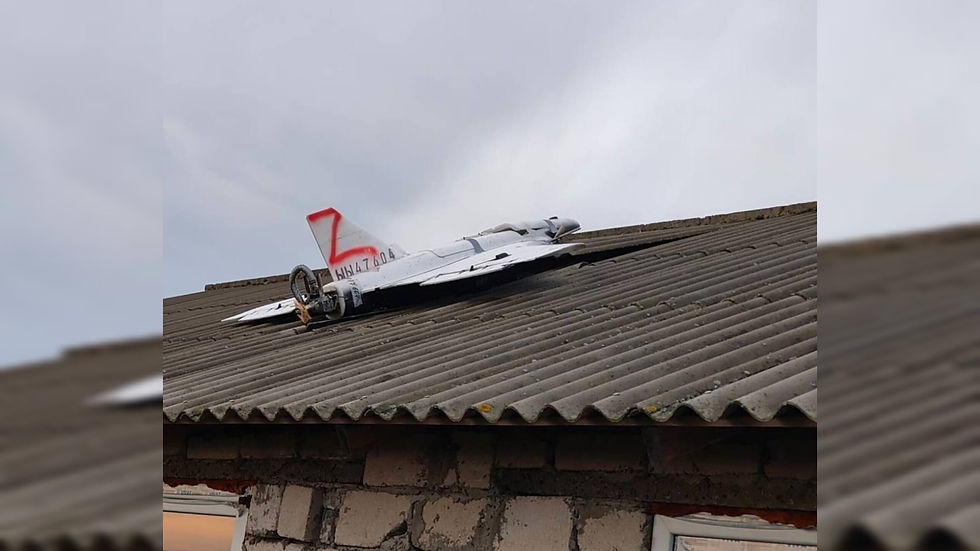Can Europe Catch Up On Laser Weapons?
- Res Publica

- Sep 25
- 3 min read
The continent must leverage its strong industrial base to catch up with the introduction of high-energy laser weapons.

Iron Beam / Source: military-arms
It sounds like superhero science fiction. Enemy drone swarms speed toward Warsaw. Suddenly, flashes of light blast off into the sky. Wham! Whoosh! Hundreds of dangerous drones blow up one after another and fall the ground without reaching their target.
But this scenario is no longer science fiction. Three decades of experimentation with high-energy laser has come to fruition. The US Army last year neutralized incoming flying objects somewhere in the Middle East. Israel plans to deploy its Iron Beam by the end of this year to down incoming objects from Gaza.
After the US and Israel, the United Kingdom comes in third. It plans to roll out DragonFire on warships by 2027 against aerial threats. In contrast, Europe trails. Its high-energy laser programs remain in prototype or research & development.
High-energy lasers concentrate beams of light to destroy a target with intense energy. Although they offer a cost-effective air defense with shots costing ten dollars compared to millions for traditional munitions, turning them into effective military weapons requires solving several technical challenges.
Big European laser companies are struggling to perfect the technology. Germany’s Rheinmetall, the multinational European missile firm MBDA, and Italy’s Leonardo still must learn how to stabilize the beam under atmospheric disturbances, how to reach the 100kW power threshold to effectively neutralize metal objects, and how to maintain high-energy performance over extended periods.
Europe’s catch-up efforts must overcome fragmentation. More than 17 companies across eight European countries take part in the European Union’s TALOS-TWO project. In contrast, the US benefits from centralized investment directed by the Department of War.
A giant funding gap exists. The TALOS-TWO project budget amounts to just €25 million over three years (2024-27) to encourage EU-wide investment and collaboration. In contrast, the US has invested around $1 billion each year over the past decade, while Israel has benefited greatly from both collaboration with and financial support from the US.
Europe doesn’t have to be behind. It boasts a strong industrial laser sector that can be leveraged to solve the technological problems facing its defense companies. The German research organization Fraunhofer develops adaptive optics for real-time correction of laser beams to atmospheric disturbances. Lithuanian Altechna contributes technology to merge low-energy beams into a single 100kW beam. German FiberBridge Photonics provides heat-reduction technology (fiber lasers and diode-pumped solid-state lasers) for long-time performance.
Europe has an interest in developing laser weapons, not least because they promise inexpensive defense against drones and cruise missiles. A single laser shot able to penetrate hard material (and cooling down the beamer afterward) is valued at no more than $10.
This means laser can offset the soaring price of air defense. By comparison, one Patriot missile costs a staggering $4 million. Laser weapons can help fill the gap in European air defenses that otherwise struggle to cope with the drone threat that Russia poses to NATO territory and Ukrainian infrastructure.
The race for high-energy laser weapons does not stop with air defense. Progress in miniaturization of power storage and cooling may enable laser weapons to be mounted on fighter aircrafts. What is now used in defense could in the future become a valuable weapon for offense.
By Henrik Larsen. Henrik Larsen, PhD, is a non-resident fellow with the Tech Policy Program at the Center for European Policy Analysis. Article first time published on CEPA web page. Prepared for publication by volunteers from the Res Publica - The Center for Civil Resistance.





Comments